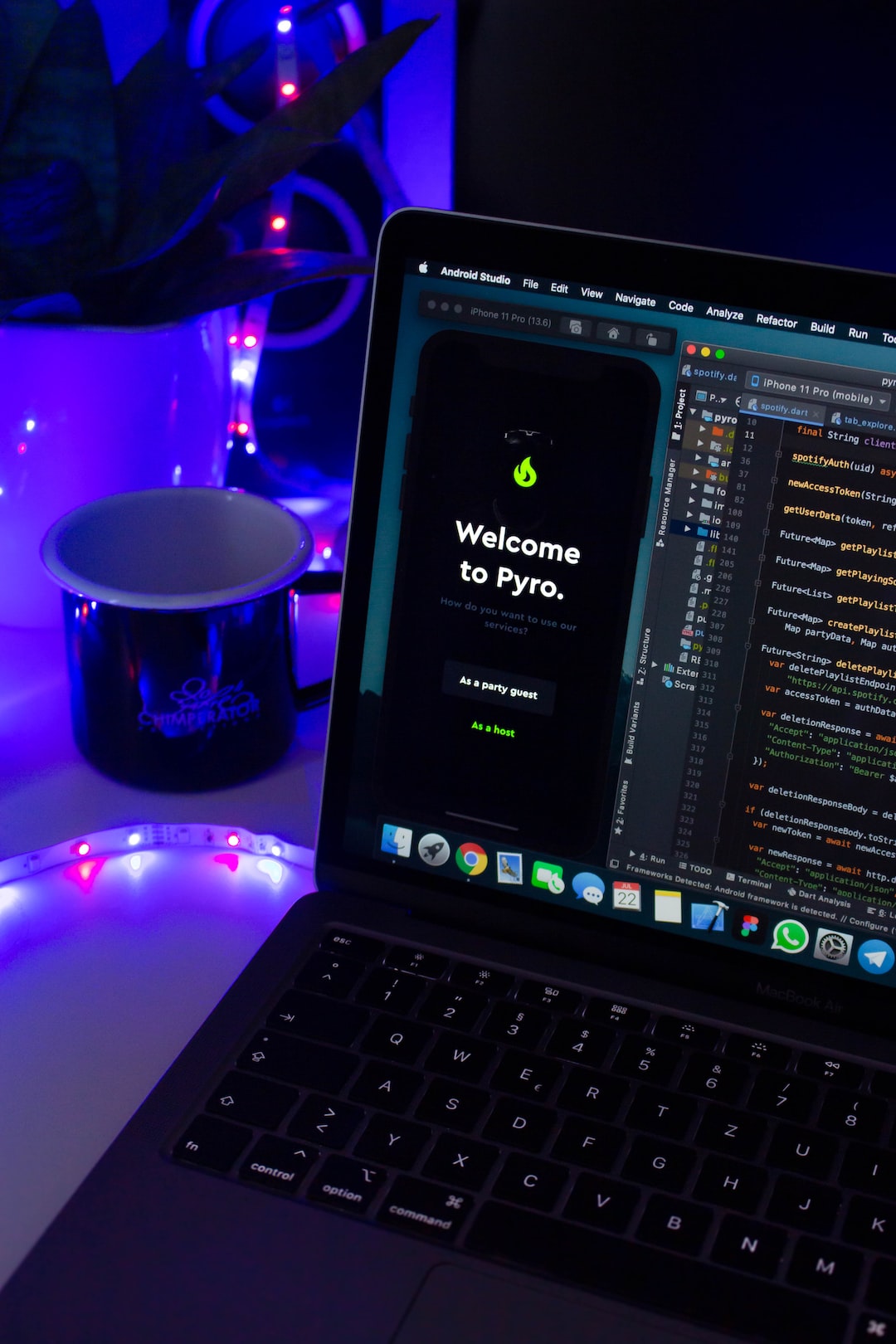Virtual reality (VR) has revolutionized various industries, and one field that greatly benefits from this technology is architectural design. Through immersive experiences and realistic simulations, VR enables architects, designers, and clients to visualize and interact with digital architectural models in ways that were previously unimaginable. In this blog post, we will explore the role of virtual reality in architectural design and the impact it has on the industry.
One of the primary advantages of VR in architectural design is the ability to create immersive experiences before the physical construction of a project begins. Traditional methods, such as blueprints and 3D renderings, can only provide a limited understanding of a design concept. VR allows architects to build virtual environments, complete with accurate lighting, textures, and materials, giving clients and designers a realistic sense of what the final project will look like. By placing themselves in these virtual spaces, architects can discover design flaws, make changes, and refine their vision before any physical work is done, saving time and money in the long run.
Moreover, VR in architectural design allows for enhanced collaboration and communication between teams. Designers, engineers, and clients can all enter a shared virtual environment, eliminating the need for complex explanations and enhancing understanding through immersive experiences. VR acts as a universal visual language, ensuring that everyone involved in the project is on the same page, reducing misinterpretations, and improving communication efficiency. This level of collaboration leads to better decision-making and more innovative design solutions.
Another significant advantage of VR in architectural design is its potential to improve the client’s engagement and satisfaction with the final result. Traditionally, clients have had to rely on their imagination and interpretation of technical drawings to understand the final outcome of a project. With VR, clients can now walk through a virtual representation of their future living or working spaces, getting a realistic sense of scale, lighting, and overall aesthetics. This immersive experience goes beyond words and static images, instilling confidence in clients and increasing their trust in the architectural design process.
Virtual reality can also contribute to sustainable architecture and environmental consciousness. By using VR to simulate a building’s energy consumption and solar exposure, architects can optimize designs for energy efficiency. They can evaluate different materials, analyze and adjust lighting conditions, and assess the impact of various strategies on the overall environmental performance of a project. VR empowers architects to make informed decisions and create buildings that are both visually appealing and minimize their environmental footprint.
In conclusion, virtual reality has revolutionized architectural design by offering immersive experiences, improving collaboration, enhancing client engagement, and enabling sustainability. The technology allows architects to create realistic visualizations of their designs, refine their concepts, and communicate ideas more effectively. As VR continues to advance, the construction industry will witness even greater implementation of this technology, resulting in more efficient, sustainable, and visually stunning architectural projects. With virtual reality, the boundaries of imagination are pushed, and the future of architectural design becomes limitless.
